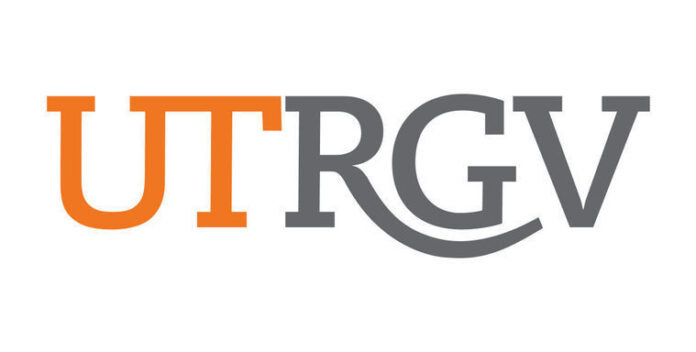EDINBURG — A booming 430-percent growth in the number of unique rides by students commuting between the University of Texas Rio Grande Valley campuses during its first three years of existence has prompted university officials to experiment with new options for the upcoming spring semester.
When UTRGV opened its doors in the fall of 2015, one of the greater unknowns was how students would respond to efforts to connect the two main campuses in Edinburg and Brownsville, which are more than 60 miles apart and used to be stand-alone institutions – UT- Pan American and UT- Brownsville— also with its middle-point campus in Harlingen.
But as their initial numbers of almost 30,000 unique riders catapulted to the nearly 160,000 rides expected for this year, officials have been increasing investments in transportation and planning how to better measure the demand for the upcoming years.
“We really are adding a significant amount of capacity for the spring semester and really kind of gauging if we are going to see that exponential growth, or if we are going to see some leveling off on that demand based on ridership,” said Rick Anderson, UTRGV executive vice president for finance and administration. “So it’s somewhat of an experiment.”
University officials are finalizing the purchase of its first 50-60 passenger buses that will go online starting the spring 2018 semester as the inaugural 20-30 passenger buses have fallen short in capacity. The majority of the buses are used to travel back and forth between the two main campuses, while others circulate within the campus.
The new buses were supposed to be ready for the fall 2017 semester, Anderson said, but when the purchase wasn’t completed they opted to rent two of these larger buses from Valley Metro. Seeing that students quickly filled those seats prompted officials to opt for experimenting by keeping the two rentals running even as the additional five buses come in service.
From the moment UTRGV opened its doors, transportation has been working through a partnership with Valley Metro, which has been taking up part of the cost for the service and purchase of new buses.
While the university benefits by having an expert company focusing on running some of the transportation aspects and covering costs, Valley Metro also benefits by being able to count these students as regular commuters, which helps with funding, Anderson said.
“The partnership is really good because the university hires the drivers and we maintain the buses,” said Tom Logan, director of regional transit at Valley Metro. “We are in constant communication with university staff and we have been able to pinpoint any improvement areas or needs in advance.”
The company is no stranger to these types of partnerships as they also have contracts with South Texas College, Texas State Technical College and Los Fresnos school district.
UTRGV’s agreement calls for the university to cover 80 percent of capital investments or purchases and Valley Metro covers 20 percent, Anderson explained.
When it comes to operational costs, such as hiring drivers and labor, each institution covers half of the expenses, with UTRGV covering its part using mainly student fees with only a small portion also having to be covered using campus funds, he said.
During UTRGV’s inaugural year $355,368 were allocated by the university for capital investments in transportation, a number that quickly increased to $548,829 during the 2016-2017 fiscal year and is now projected to hit $682,198 during the 2017-2018.
Operational costs covered by UTRGV have also rapidly increased starting at $56,650 in 2015-2016 fiscal year, $344,192 in 2016-2017 and expected at $612,945 for 2017-2018.
Adding buses with larger capacity is expected to lower or maintain operational costs as these buses will not have to travel long distances as often.
“By having the smaller buses we have to run several busses back to back in order to fit all the students,” Logan said. “So with these buses we will be able to eliminate that duplication… and because of the same thing the cost of fuel will decrease, the cost of operations in labor will decrease or it will be rearranged to other areas where we see a need.”
But Anderson explains cost predictions are still something that they must be cautious with as they don’t yet know whether it’s yet a matter of adding more capacity to meet demand or if students will fill as many seats as they continue to add on.
In the meantime, there are already plans to start transitioning toward having mainly over-the-road buses with capacity of 50 to 60 passengers by 2019 or 2020.
“In this case… it’s more of a need than a want,” Anderson said. “We want to be able to provide opportunities for students to be able to take classes on either campus on different days.”





